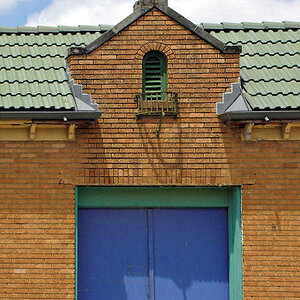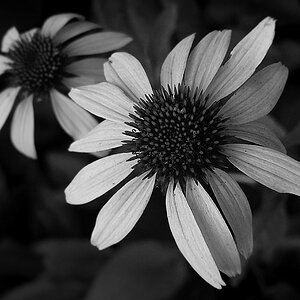Rick58
Been spending a lot of time on here!
- Joined
- Jun 23, 2012
- Messages
- 4,227
- Reaction score
- 1,473
- Location
- Reading, Pa
- Can others edit my Photos
- Photos OK to edit
"It's often said that "It's never the camera, dummy!", and to an extent that's true - a good photographer can get a good image out of almost any combination of hardware. The 'new and improved' hardware only makes it possible for the talented artist to create across a wider range of situations. For example, Michaelangelo or DaVinci could probably paint a decent picture with an eight-color palette. But give them 65 or 128 or a thousand and they can make an even BETTER picture. Same would go for a photographer. A Karsh or Adams or Steichen could probably do wonders with a 1DX or a top notch Nikon or Leica or whatever. But they also did pretty damn good with the relatively 'ancient' hardware they did use."
Well said!
Well said!



 I'm sure. You can buy several complete Sony's for the price of one Hasselblad lens. I really wonder why Zeiss would put their name on them.
I'm sure. You can buy several complete Sony's for the price of one Hasselblad lens. I really wonder why Zeiss would put their name on them.
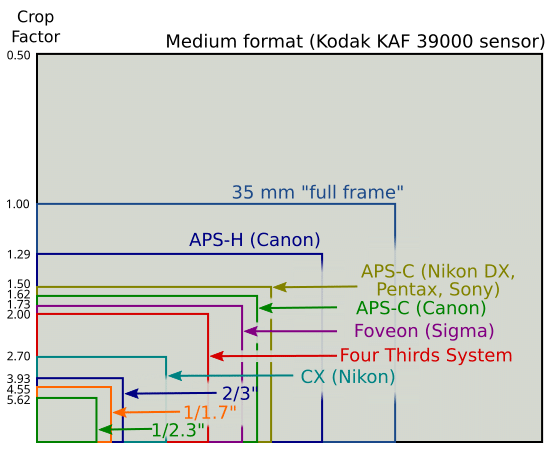

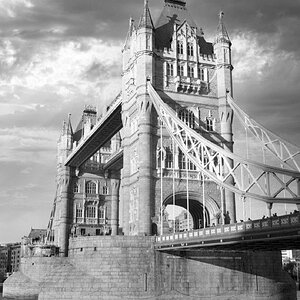
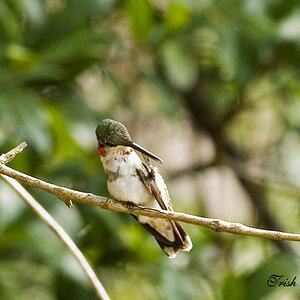
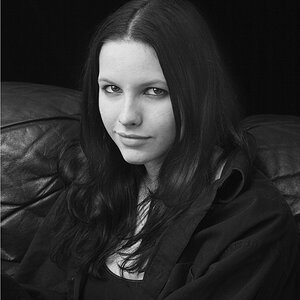

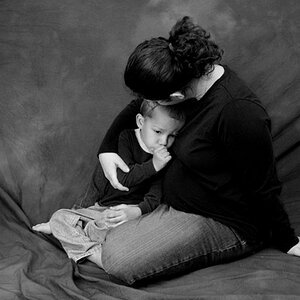
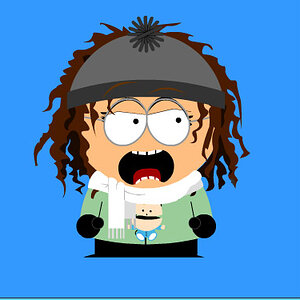

![[No title]](/data/xfmg/thumbnail/37/37602-1ef8dbb1c2d0e4ff347ee65d328c3603.jpg?1619738147)

